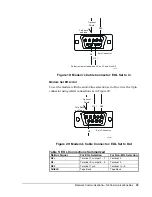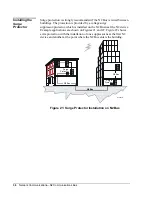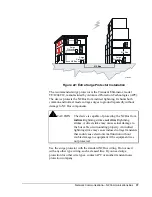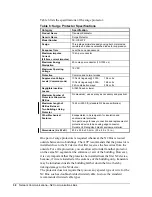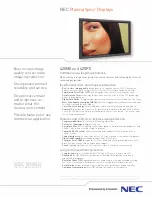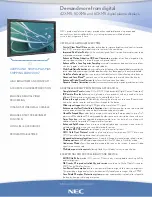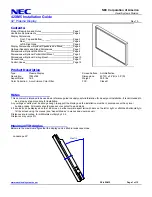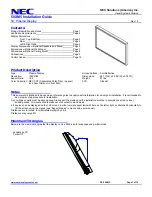
Network Communications—N2 Communications Bus
49
Commissioning Procedures
Commissioning the N2 Bus includes checking and modifying the wiring
between all N2 devices. Troubleshooting involves performing one or more
steps to isolate and correct a communication problem.
Checking the N2 Bus installation involves verifying the:
•
N2 Bus installed according to the rules described in the
Installation
Procedures
section of this document
•
N2 Bus polarity and wiring for all devices
•
installation of N2 Bus repeaters, if any are used
•
positions of all end-of-line switches and jumpers
•
N2 Bus signal between N2+ and REF is 2.45 to 2.98 VDC, and
between N2- and REF is 2.06 to 2.54 VDC
•
Bias voltage approxi0.4 VDC while no transmitters are active
A few of these problems can be detected with a Digital Voltmeter (DVM).
Ordinarily, this is the only equipment you’ll need.
Modifying the N2 Bus includes adding, deleting, or relocating an N2
device. These modifications can be performed while the bus is operating.
Note: When you are modifying the N2 Bus, remember to follow the
N2 Bus rules as outlined in Table 2.
An N2 device can be added between two other N2 devices or at the end of
the bus.
Follow these steps to add an N2 device:
1. Define the new N2 device in the system software. Refer to the
Operator Workstation User’s Manual (FAN 634)
.
2. To add a DCM or XM to an existing NCU/NEU, simply install the
device into a proper, available slot. If this device is not the end-of-line
device, set the EOL switch to Out. If this device now becomes the
new end-of-line device, set the EOL switch to In, and change the EOL
switch of the previous end-of-line device to Out.
Overview
Checking N2
Bus Installation
Modifying N2
Bus Installation
Adding an N2
Device

